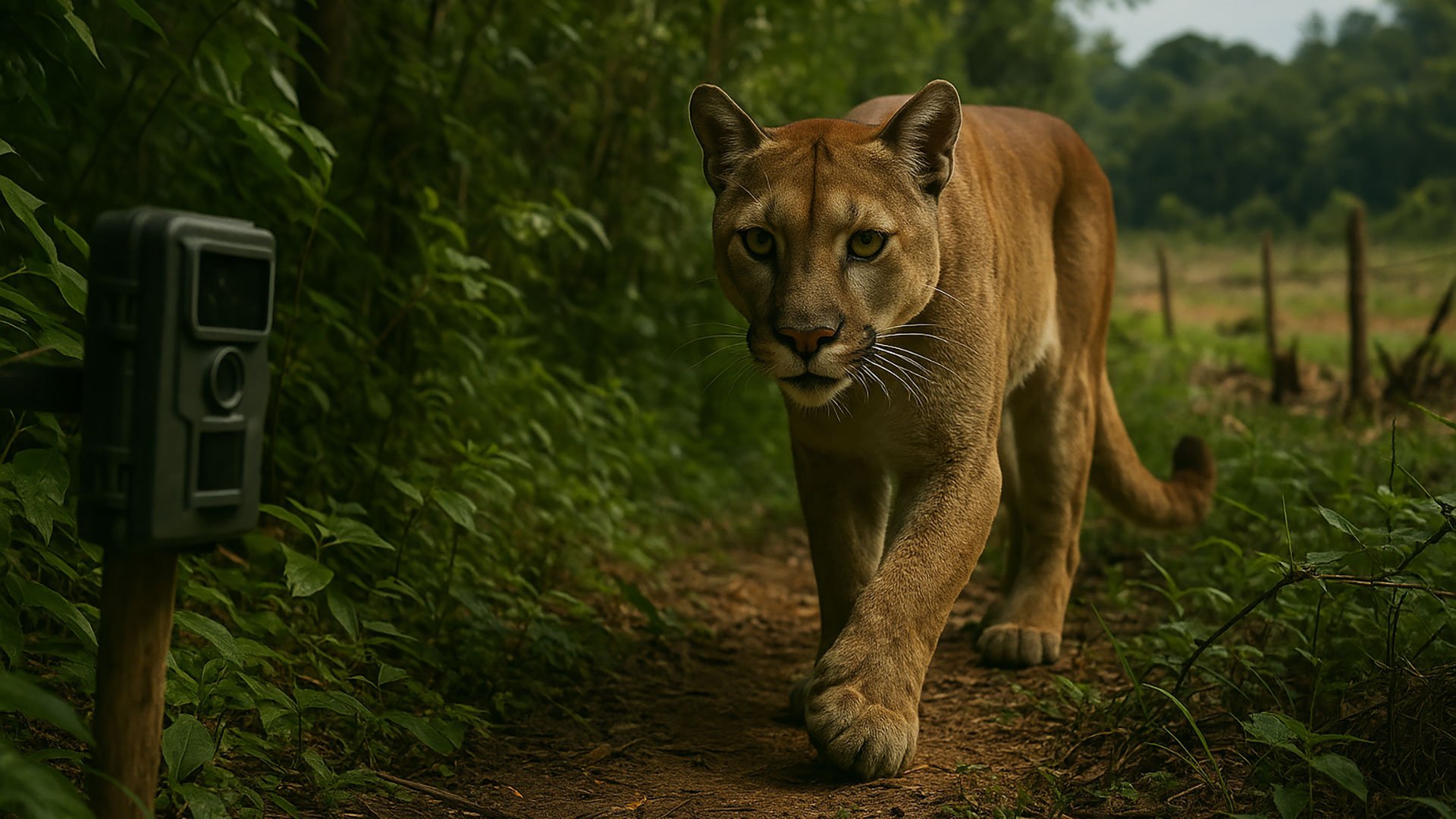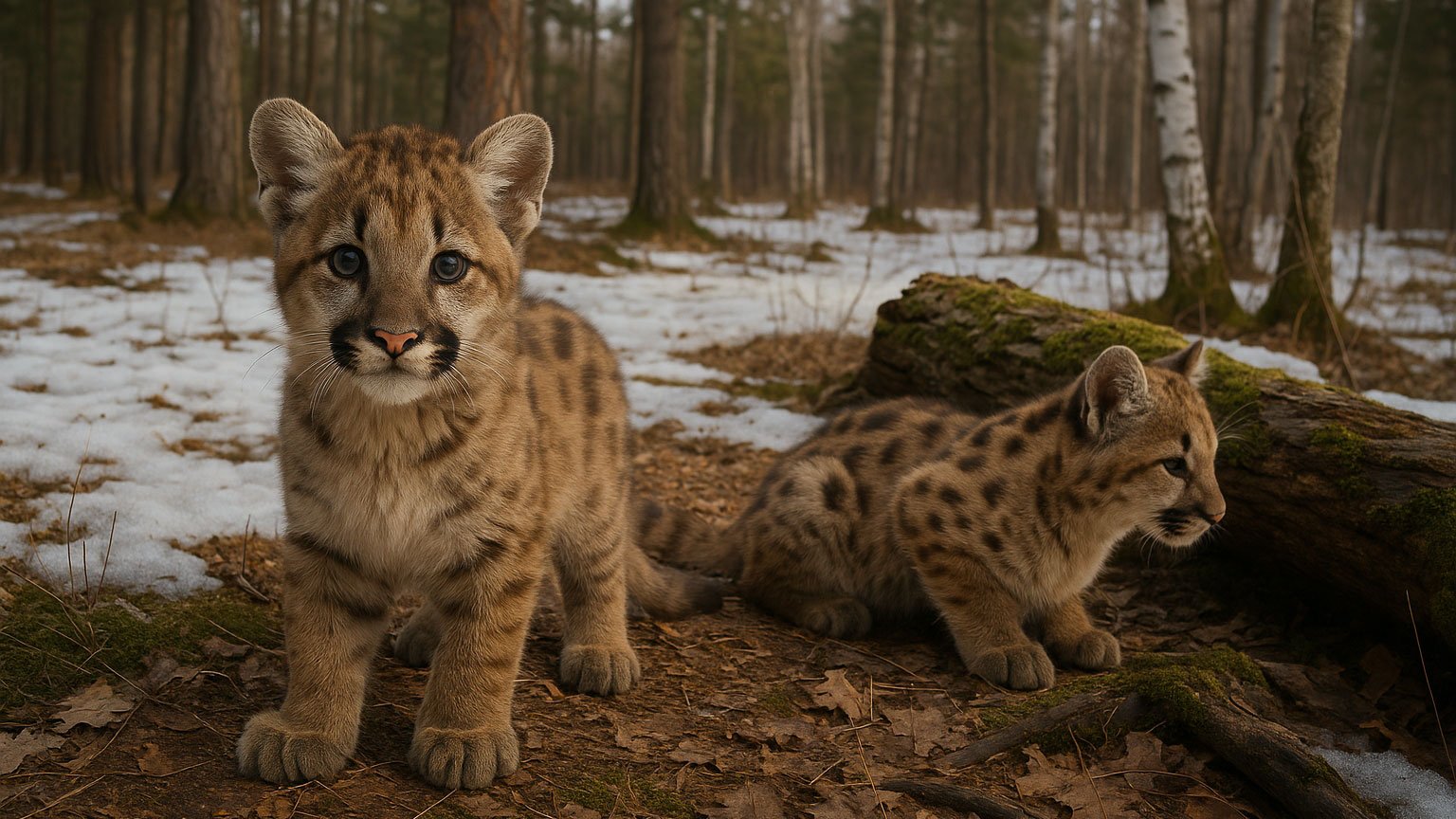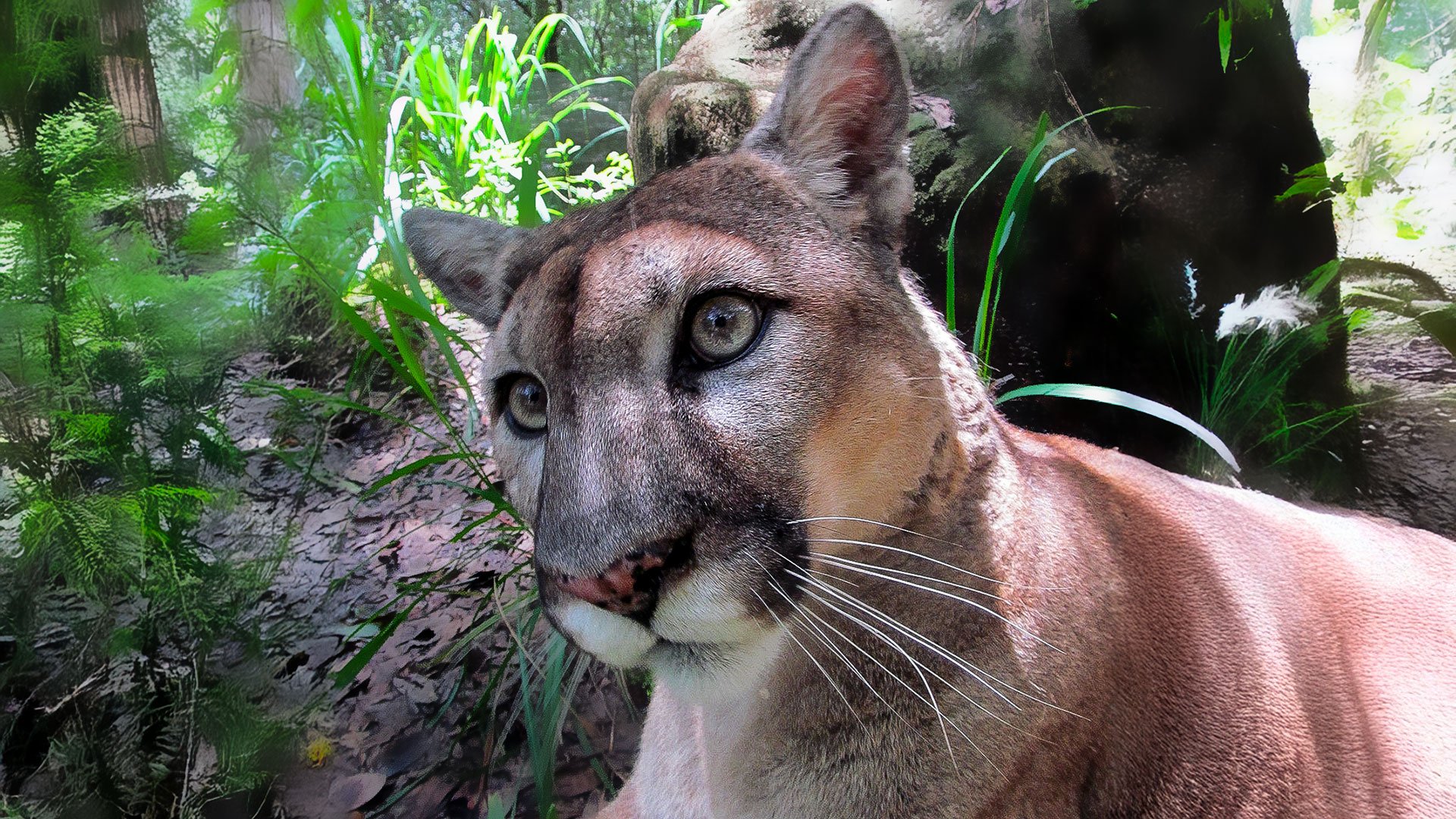Puma Detectives
Tracking the Silent Guardians of Brazil’s Wild Heart
In the heart of Brazil, where the vast savannas of the Cerrado meet the lush remnants of the Atlantic Forest, a silent drama unfolds. Here, amidst fragmented habitats and human-altered landscapes, the elusive puma—known locally as suçuarana—prowls. These solitary cats, apex predators of their realm, navigate a world increasingly encroached upon by agriculture and development.
But they are not alone. A dedicated team of researchers, dubbed the "Puma Detectives," is on their trail, unraveling the mysteries of their movements and striving to ensure their survival.
The Journey of Corumbá
One such puma, named Corumbá after a local river, became the centerpiece of a groundbreaking study. Fitted with a GPS collar, Corumbá embarked on an 11-month journey, traversing over 120 kilometers (75 miles) from the Atlantic Forest State Park (PEMA) to the Serra de Caldas Novas State Park (PESCAN). His path, cutting through various vegetation fragments, provided invaluable data on the corridors pumas use to navigate between isolated habitats.
"Corumbá moved beautifully in the landscape," noted biologist Fernanda Cavalcanti de Azevedo, executive coordinator of the Mammals of the Cerrado Conservation Program (PCMC). "We identified the fragments he traveled through between the two parks, allowing us to prioritize conservation efforts in these specific regions."
Building Ecological Corridors
The insights gained from Corumbá's journey have been instrumental in the Suçuaranas Detetives project, a collaborative effort between PCMC and the Goiás state environmental agency (SEMAD). By understanding the routes pumas take, the project aims to establish ecological corridors between PEMA and PESCAN, facilitating safe passage for wildlife and promoting genetic diversity.
These corridors are not just pathways for pumas but lifelines for countless other species that share their habitat. By planting native tree species and engaging local communities, the project seeks to restore and connect fragmented ecosystems, ensuring the survival of Brazil's rich biodiversity.
Understanding Puma Behavior
The research also delves into the behavioral patterns of pumas. Studies have shown that male pumas are predominantly nocturnal, while females exhibit cathemeral activity, being active both day and night. This behavioral difference influences their hunting habits, with females more likely to prey on diurnal animals such as tegu lizards, coatis, giant armadillos, giant anteaters, and capybaras.M
Moreover, female pumas tend to avoid territories dominated by males to protect their young from potential threats. This avoidance behavior underscores the importance of understanding territorial dynamics in conservation planning.
A Call to Action
The work of the Puma Detectives highlights the intricate balance between wildlife and human development. As Brazil's landscapes continue to change, proactive conservation efforts become paramount. By supporting initiatives like the Suçuaranas Detetives project, we can contribute to the preservation of these majestic creatures and the ecosystems they inhabit.
At Big Cat Rescue, we are inspired by such endeavors and remain committed to protecting wild cats worldwide. Together, we can ensure that the silent footsteps of the puma continue to grace Brazil's wild heart.
Read more: https://news.mongabay.com/2025/05/puma-detectives-highlight-wildlife-where-brazils-cerrado-meets-the-atlantic-forest/










